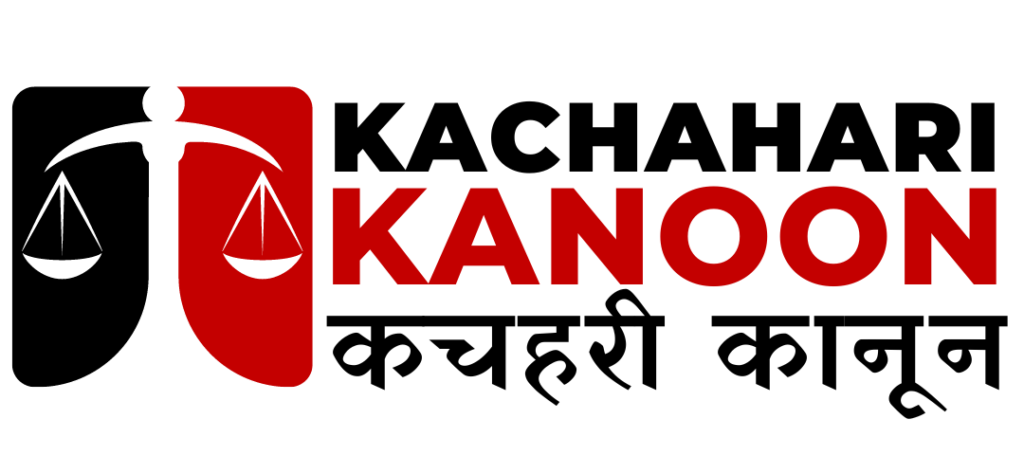A poster from the All India Bank Employees’ Association (AIBEA) popped up recently on social media. It provides a snapshot of haircuts taken by banks while resolving loan defaults by large corporate groups—three accounts involve forgiveness of over 90%. The data not only provides an insight into how India’s insolvency and bankruptcy resolution framework may have inadvertently inserted perverse incentives for defaulters, but is also a compelling counter-point to the ongoing debate on “freebies”, made more urgent by the Election Commission’s (EC) recent incursions. Both the seemingly disparate trends are tied by a common link: a sudden change of heart.
The liberal loan hair-cuts—some of which can arguably be justified—feed the ongoing debate about “freebies”. The debate was triggered after Prime Minister Narendra Modi, in a July speech, launched an onslaught against a culture of giveaways in contemporary politics. A debate has raged since then. The AIBEA poster is among the counter-arguments against the dominant narrative, asserting that protests against welfare benefits for the poor tend to ignore an economic system custom-built to formally absolve loan defaults by the rich and powerful.
The latest to join the debate is the EC, which is proposing that all political parties provide in their election manifestos an account for promises made, indicating the expense of each promise and how they plan to meet it. Apart from the proposal’s bizarreness, the timing—just before the Gujarat assembly elections—is surprising. It also coincides with the ruling party’s rising crescendo of condemnation against a prominent opposition leader for promoting freebies. The EC move may be happenstance, but the timing does raise questions.
Apart from introducing techno-financial rigidity to welfare considerations, an oddity in an economy experiencing a recurrence of rising poverty numbers, the EC also seems unmindful that, one, some welfare measures are not amenable to statistical measurement and, two, that it may be trespassing into an area reserved by democracy only for interaction between political parties and voters.
What makes this proposal even more farcical is the EC’s complete about-turn from April, when it submitted an affidavit to the Supreme Court stating that it was not qualified to regulate state policies and decisions by a party winning and forming a government. Then, in August, when the Supreme Court proposed to set up an expert panel to examine the issue of freebies promised by political parties before an election, the EC declined to be part of the same panel, arguing that doing so was antithetical to its constitutional status. Then, early October came the EC’s inexplicable and sudden U-turn.
Another example of a curious flip-flop is embedded in the AIBEA’s snapshot, which shows that in 13 loan accounts, involving a total loan amount of ₹446,800 crore, Indian banks have recovered only ₹161,820 crore, implying an average haircut of 64%. There are three accounts, involving a total loan outstanding of about ₹73,000 crore, in which banks have taken haircuts of over 90%—namely, Videocon, ABG Shipyard and Siva Industries.
The last-mentioned name is likely to become an interesting legal precedent because both the National Company Law Tribunal (NCLT) and its appellate tribunal (the NCLAT) had ordered that the company be wound up, despite the resolution professional’s report to both tribunals that over 90% of its creditors had agreed to the promoter’s one-time settlement plan involving an over-90% hair-cut. Subsequently, in June 2022, a Supreme Court bench of Justices B.R. Gavai and Hima Kohli quashed the NCLT and NCLAT orders, ruling that both tribunals were not justified in disregarding the commercial judgement exercised by a majority of the firm’s creditors.
While the Supreme Court may be philosophically and legally justified, two issues merit closer attention. One, the creditors—with government-owned IDBI Bank in the lead—settled the ₹4,863-crore debt for just ₹323 crore, thereby writing off over ₹4,500 crore of public money. Interestingly, many creditors had initially dissented against the settlement terms, thereby failing to reach the mandated 90% agreement; however, International Asset Reconstruction Company (with a 23.6% vote) had a mysterious change of heart a month later and changed its vote from “against” to “approve”, providing creditors with the requisite majority.
It is quite likely that this one-time settlement on generous terms might encourage future borrowers to default and then get away by paying much less than what they originally owed, provided they are able to convince most creditors—even on a delayed basis—to agree to such resolution terms. To be sure, there are tangible benefits at the end of the tunnel: with their default records whitewashed, these borrowers are then free to tap the credit market once again.
Neither the Election Commission nor asset reconstruction company, it would seem, felt the need to provide a justification for its delayed volte-face. While the EC invokes the Supreme Court’s 2013 order to justify its latest proposal, the final outcome is not only far more ambitious, but also, intriguingly, nine years after that order but a few months ahead of a crucial state election in the country. Life seems to be imitating art, especially low-brow Bollywood films.
Rajrishi Singhal is a policy consultant and journalist. His Twitter handle is @rajrishisinghal.
Download The Mint News App to get Daily Market Updates.
Subscribe to Mint Newsletters
* Enter a valid email
* Thank you for subscribing to our newsletter.









